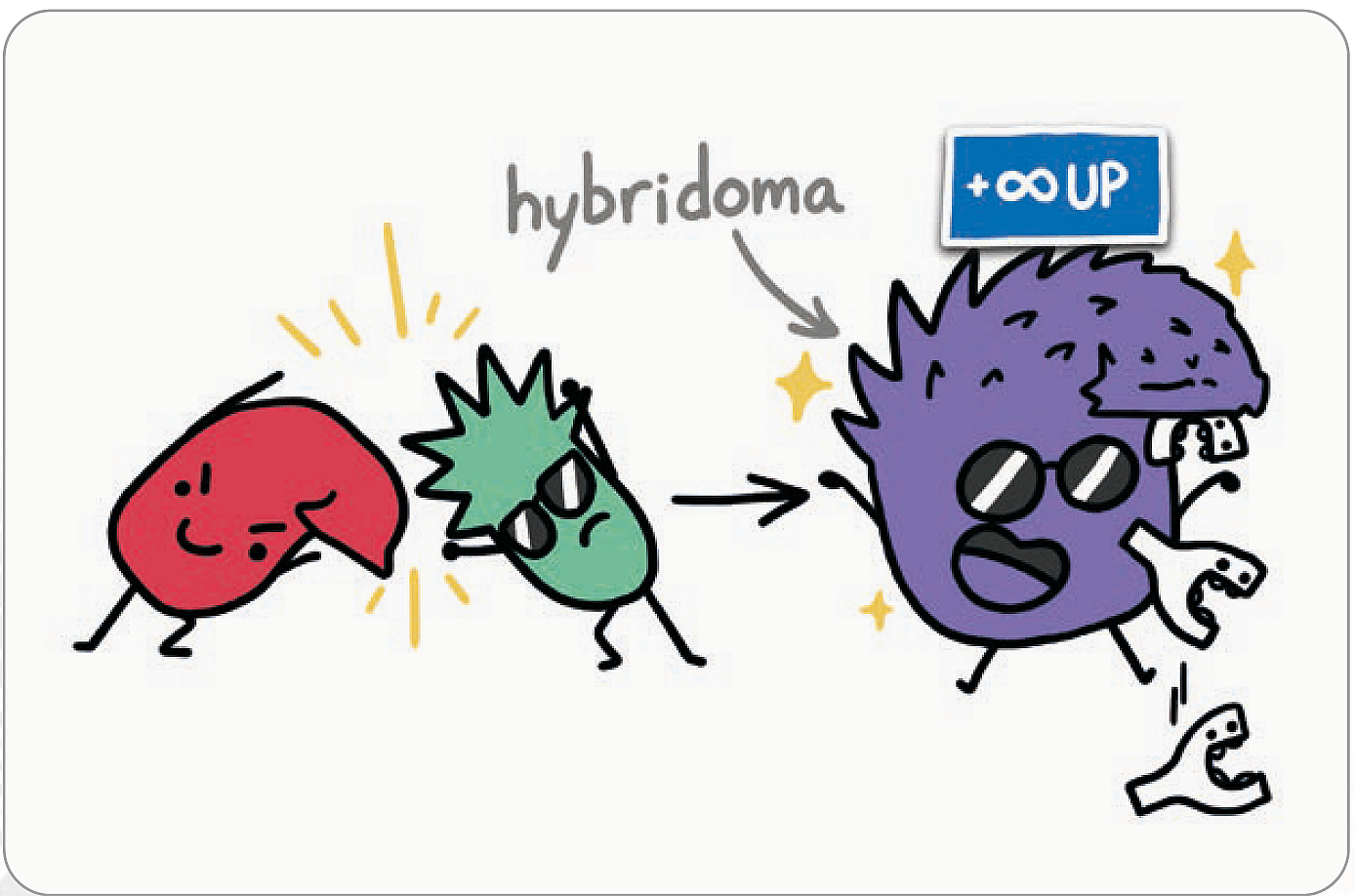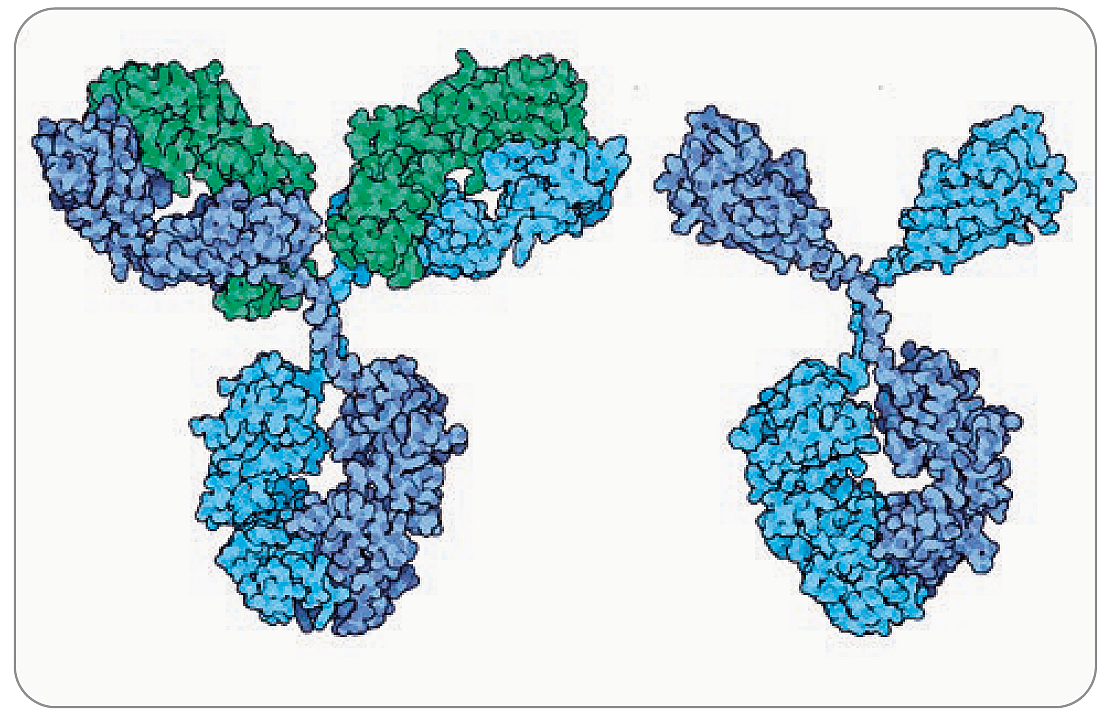- Get directions
- Leave a review
- Claim listing
- Bookmark
- Share
- Report
- prev
- next
- Tuesday, April 25, 2023 @ 7:00 am
Virtually all of today’s innovation stands on the shoulders of great scientists. Some researchers have explored an apparently inconsequential detail of a bizarre phenomenon that nobody knew about – until everybody knew about it. They carried out basic, curiosity-driven research, pushing their luck and hoping for a serendipitous discovery.

Florian Fisch
Swiss National Science Foundation | Science editor
The sequence of discovery from basic research to innovation is widely accepted. Nevertheless, it is very difficult to pinpoint the basic research that was responsible for a certain innovation as the knowledge is very distributed. This is why the Swiss National Science Foundation (SNSF) has compiled a list of stories that exemplify the process.
Study the immune system, get monoclonal antibodies
One such very important discovery was how to produce monoclonal antibodies – in useful quantities. This was published in a paper with the very descriptive title “Continuous cultures of fused cells secreting antibody of predefined specificity” in 1975.
One of the researchers was Georges Köhler, who did part of his PhD at the Basel Institute for Immunology before becoming a postdoc in the lab of César Milstein at the University of Cambridge. Their joint discovery was that by fusing cancer cells, that can be cultivated indefinitely with short lived white blood cells that have the ability to produce one specific antibody, they could get both advantages: an immortal cell culture that also produces an antibody of choice.
After two years and the publication of this now famous Nature paper, he came back to the Basel Institute for Immunology, financed by the pharma company F. Hoffmann-La Roche. The discovery of how to produce monoclonal antibodies was so important that Georges Köhler and César Milstein were awarded the Nobel Prize in Physiology only nine years later.

Image: Neptune Studios llc/Youtube Screenshot: https://youtu.be/Ap9yIkWZSIg
The Swiss army knives of biomedicine
Köhler and Milstein’s prediction in the last sentence of their article was one of the biggest understatements ever made: “Such cultures could be valuable for medical and industrial use.” Monoclonal antibodies have since become the Swiss army knives of biological research and medical applications. The key ability of the antibodies is to bind very specifically to pathogens like Coronaviruses, and their specificity can be used to precisely activate or block certain biological mechanisms. In effect, their binding force can be used to fish out the right molecules or cells from a soup of ingredients. They are also used to mark exactly the products of interest on tissues or in tests. Monoclonal antibodies can be injected into patients to combat diseases like cancers or infections that otherwise overwhelm the immune system.

subdomains. Right: camel antibody consisting of only half of those domains. The
two domains of the camel antibody at the top are very useful as they can be use on
their own, called nanobodies. Picture: RCSB Protein Data Bank
The structure of the antibodies has since been dissected in the highest detail. It was found that nature has different ways of using the same building blocks and combining them. In humans there are five different types of antibodies. Highly differing variants have been found in sharks and llamas.
This flexibility has allowed biotech companies to find new, innovative ways of combining subparts of the antibodies. They are cut, linked, humanized and produced in many different ways. The smallest fragments coming from camelid antibodies are called nanobodies. Technological advances now allow for rapid selection of synthetic nanobodies. There even exist completely synthetic scaffolds which mimic the functions of antibodies.
The number of possible applications has exploded. Even the naming convention of drugs based on antibodies had to be adapted as the universe of active agents grew too large. The following examples are of successful new applications developed by Swiss companies based on the discovery of monoclonal antibodies by basic researchers.
Lecanemab: against Alzheimer’s
The latest success of antibodies is slowing down of the progression of Alzheimer’s disease. The antibody was developed together with Biogen, the company that was founded in Geneva in 1978. The new drug targets precursors of amyloid beta fibrils that are a suspected cause of the disease. A clinical study published in November 2022 showed that cognitive decline was reduced compared to a placebo in nearly 1’800 patients. Whether the drug will be authorized and whether the study can be replicated remains to be seen.
Humabs BioMed: survivors’ secret against infectious diseases
The spin-off from the Institute of Biomedical Research in Bellinzona is developing antibodies against infectious diseases like COVID-19, Hepatitis B and D, Influenza and others. The strategy: isolate the right antibody-producing cells from survivors of the disease. Their antibodies have proved to be effective. Humabs was acquired in 2017 by the San Francisco based Vir Biotechnology.
University of Zurich: new antibiotics
Bridge is a joint program by the SNSF and Innosuisse to enable researchers to develop their idea into a marketable product. Markus Seeger and Sebastian Hiller from the University of Zurich are currently working on specific targets on the surface of bacteria that are resistant to antibiotics. Small nanobodies from alpacas or synthetically produced ones are currently tested. Still far from the market but desperately needed.
Licaminlimab: against eye inflammation
The EPFL spin-off, Oculis, produces therapies against eye diseases. One of its agents is an antibody fragment aiming at an inflammation signalling molecule. It is currently in Phase II clinical trial and could be an alternative to steroids in treating a particular infection of the eye called uveitis. Because of the small size of the humanized antibody fragment, it can easily be applied to the eye via drops and still penetrate the tissue to reach the necessary site.
Numab: combining different binding sites
The Wädenswil-based start-up, Numab, takes only a small part of the antibodies that sticks to the target – the variable part – and joins up to six different types of it. This allows different mechanisms of action to be combined in one active agent. The intention is to use their constructs to treat cancer, and (in partnership with another company) they have one agent in Phase I clinical trials.
These examples offer a glimpse of what a single discovery can produce. There is CRISPR-Cas9 DNA-cutting machinery, interferon signalling pathways, mRNA technology and much more. Today’s basic research will spawn many more innovations in the years to come, and Swiss universities will continue to make an important contribution to solving global problems.